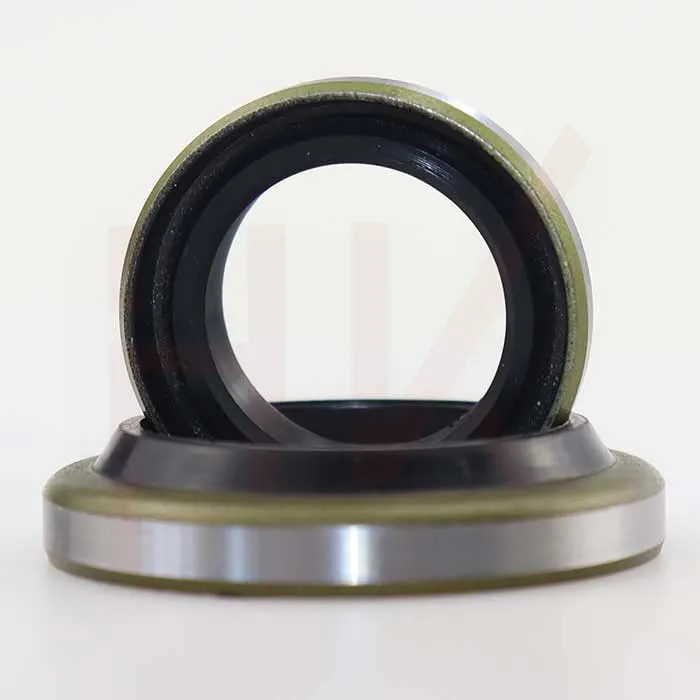Nov . 13, 2024 16:27 Back to list
pump seal kit replacement
Understanding Pump Seal Kit Replacement
Pump seal kits are essential components for maintaining the efficiency and longevity of various types of pumps, including centrifugal, positive displacement, and diaphragm pumps. Proper functioning of these pumps is crucial in numerous industries, including water treatment, oil and gas, chemical processing, and food and beverage. This article will explore the importance of pump seal kits, the process of replacement, and tips for maintaining optimal pump performance.
Importance of Pump Seal Kits
Pumps work by transferring liquids or slurries from one location to another through mechanical action. The seal component plays a critical role in this process, preventing the fluid from leaking out and protecting the internal components of the pump from external contaminants. Over time, wear and tear can cause seals to degrade, leading to leaks that can compromise performance and efficiency.
Replacing a worn-out seal kit can prevent costly downtimes and repair expenses associated with leaks and damage to other pump components. Moreover, ensuring that the pump operates without leakage reduces the risk of environmental hazards, especially in industries handling hazardous materials. A well-maintained pump system also contributes to energy efficiency, as pumps that operate under optimal conditions consume less energy.
Identifying the Need for Replacement
Signs that a pump seal kit needs to be replaced include visible leaks from the pump, unusual noises during operation, decreased efficiency, and increased vibrations. Routine inspections can help detect these issues early. Regular monitoring of fluid levels and conditions can also provide insights into when a seal kit replacement is necessary.
The Replacement Process
1. Preparation Before starting the replacement, gather all necessary tools and materials. This typically includes a new seal kit, wrenches, screwdrivers, a clean cloth, and possibly a torque wrench for reassembly.
2. Shutdown and Disassembly Begin by shutting down the pump and ensuring it is not connected to any power source. Drain any residual fluid from the pump. Carefully disassemble the pump according to the manufacturer’s instructions, taking note of the order of components for easier reassembly.
pump seal kit replacement

3. Remove Old Seals Once the pump is disassembled, locate and remove the old seal kit. Inspect the pump housing and other components for wear or damage. Clean any debris or old seal material, making sure the surfaces are smooth for the new seals.
4. Install New Seal Kit Take the new seal kit and install it according to the manufacturer’s guidelines. Make sure to lubricate the seals as recommended to ensure they fit correctly and reduce the risk of damage during installation.
5. Reassemble the Pump Carefully reassemble the pump, following the reverse order of disassembly. Ensure all components are securely fastened, and use a torque wrench if specified by the manufacturer to achieve the correct tightness.
6. Testing After reassembly, conduct a test run of the pump. Monitor for any signs of leakage or unusual operations. It is crucial to check the alignment and vibration levels to ensure that the pump is functioning smoothly.
Maintenance Tips for Pump Longevity
Regular maintenance of pumps can extend the life of seal kits and improve overall performance. Here are some guidelines
- Schedule Routine Inspections Check seals, bearings, and other critical components regularly. Early detection of wear can prevent major failures. - Monitor Operating Conditions Keep an eye on the operating conditions such as temperature and pressure. Extreme conditions can accelerate seal wear. - Maintain Proper Lubrication Ensure that all moving parts are properly lubricated as specified in the manufacturer’s instructions. Inadequate lubrication can lead to premature wear. - Training and Education Ensure that staff are trained in proper pump operation and maintenance practices. Educated personnel can identify potential issues before they escalate.
Conclusion
Pump seal kit replacement is a vital process for ensuring pump efficiency and reliability. By understanding the importance of seals, recognizing when to replace them, and following a methodical replacement process, companies can maintain their pumping systems effectively. With proper maintenance and monitoring, businesses can enhance the lifespan of their equipment, minimize operational costs, and ensure compliance with safety and environmental regulations. Regular attention to pump seals ultimately leads to a more productive and sustainable operation.
-
TCN Oil Seal Metal Ring Reinforcement for Heavy Machinery
NewsJul.25,2025
-
Rotary Lip Seal Spring-Loaded Design for High-Speed Applications
NewsJul.25,2025
-
Hydraulic Cylinder Seals Polyurethane Material for High-Impact Jobs
NewsJul.25,2025
-
High Pressure Oil Seal Polyurethane Coating Wear Resistance
NewsJul.25,2025
-
Dust Proof Seal Double Lip Design for Construction Equipment
NewsJul.25,2025
-
Hub Seal Polyurethane Wear Resistance in Agricultural Vehicles
NewsJul.25,2025
-
The Trans-formative Journey of Wheel Hub Oil Seals
NewsJun.06,2025
Products categories
















